Perceptions vs. Reality: Myths about radio audiences have been debunked by research.
Radio has been a powerful medium for communication and entertainment for over a century, and its influence continues to shape our society today. Despite the many advancements in technology and media, radio remains a vital tool for advertisers to reach a wide audience. However, advertisers' perception of radio often fails to capture the true power of this medium. Here’s why advertisers should reconsider their perception of radio:
Radio is a highly accessible medium that reaches a broad audience. It can even reach people who might not have access to other media, such as those who do not have a television or internet connection. Additionally, radio is often consumed in cars, where people spend a significant amount of their time commuting to work or running errands. This makes it an excellent medium for advertisers who want to reach a large audience while they are on the move.
Radio has a strong sense of community and connection. Many people feel a deep connection to their local radio stations, which often serve as a hub for local news, events, and music. This connection creates a sense of trust and loyalty between listeners and their favorite stations, making them more likely to engage with advertisements that air on those stations. Advertisers can leverage this sense of community and connection by creating targeted ads that speak directly to the interests and needs of listeners.
Radio is a powerful storytelling medium. Through the use of sound effects, music, and voice actors, radio can transport listeners to another world and create a strong emotional connection with them. This emotional connection can be a powerful tool for advertisers who want to create a lasting impression on their audience. By creating ads that tell a compelling story and evoke an emotional response, advertisers can create a lasting connection with their audience that goes beyond a simple sales pitch.
Radio offers a range of pricing options for advertisers, from short-term promotions to long-term sponsorships. Advertisers can choose to purchase short, targeted ads during specific times of the day or opt for long-term sponsorships that involve more significant investment but offer greater exposure over time. This range of options means that radio advertising can be tailored to fit any budget, making it an accessible medium for businesses of all sizes.
Despite these benefits, advertisers often overlook the power of radio in their media planning. This is due, in part, to a perception that radio is an outdated medium with limited reach. However, this perception is far from the truth. According to a 2021 study by Nielsen, radio reaches 93% of Americans over the age of 12 each week, making it one of the most accessible and universal forms of media. Additionally, radio has continued to adapt to changing technology, with many stations now offering streaming options and podcasts that reach an even wider audience.
In conclusion, the power of radio as a medium for advertising cannot be overstated. Its accessibility, community connection, and storytelling capabilities make it an essential tool for any advertiser looking to reach a broad audience and create a lasting emotional connection with their target market. Advertisers who overlook the power of radio do so at their own risk, missing out on a medium that has proven its staying power and adaptability in the face of technological change.


